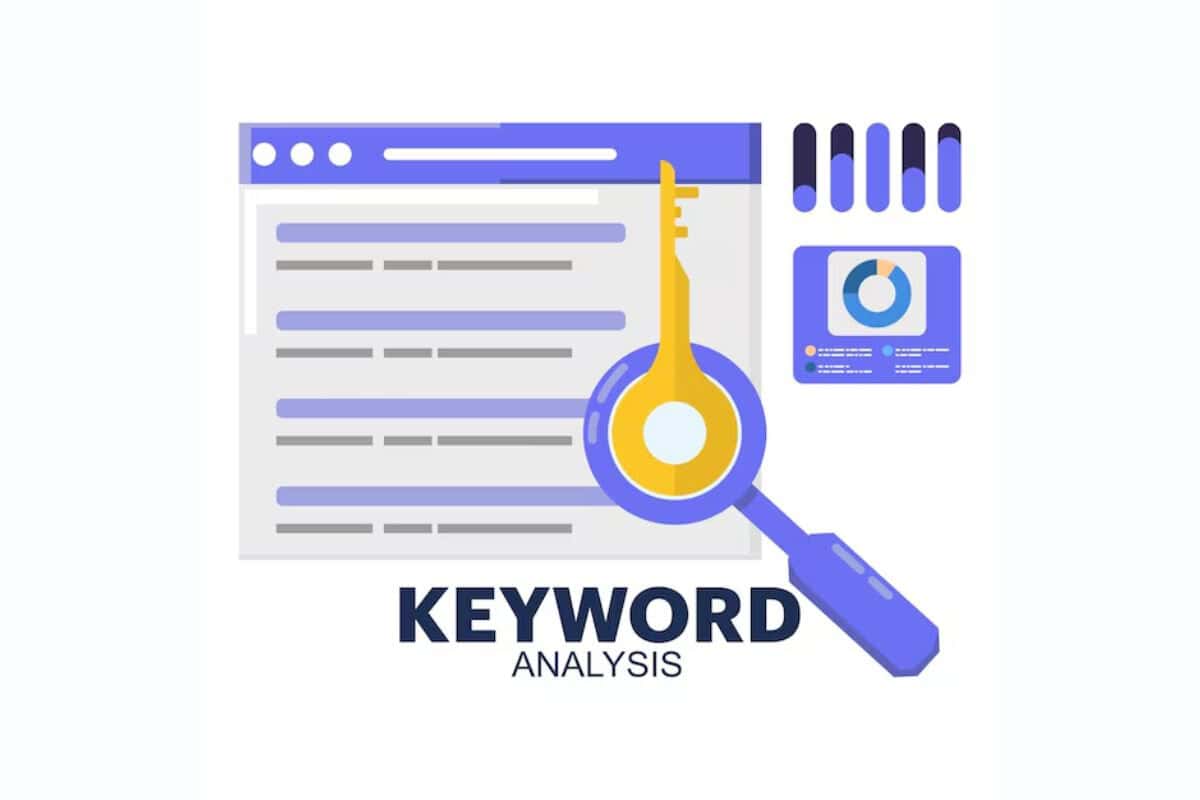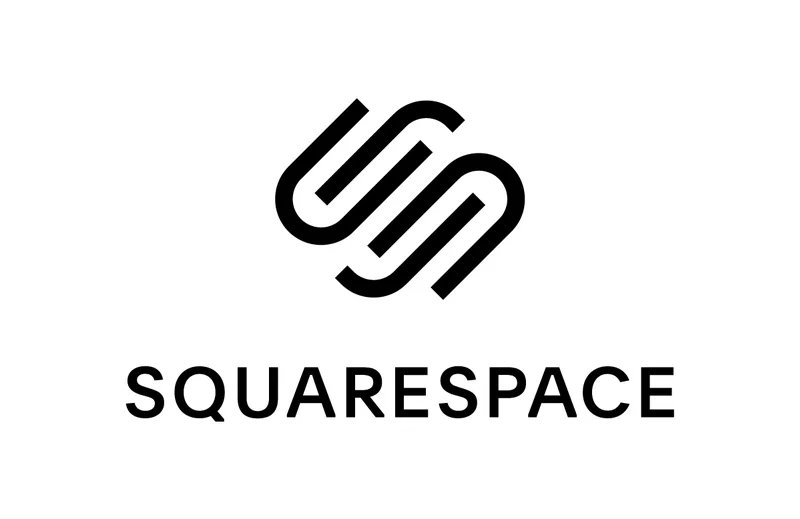Table of Contents
The keyword gap in seo refers to the difference between the keywords your site ranks for and those your competitors are capitalizing on. Understanding this gap is critical: it reveals missed opportunities, helps refine your SEO strategy, and lets you capture high-value search traffic you might otherwise be ignoring. For local businesses, bridging the keyword gap can mean more visibility, more customers, and more conversions — when done right, it’s a strategic advantage.
Why the keyword gap in SEO matters
When you hear “keyword gap in SEO,” think of it as a diagnostic tool. It helps you measure where you’re falling short and shows what others in your niche are doing better. That insight is powerful, because SEO isn’t just about ranking — it’s about ranking for the right terms.
If you’re running a local business, the keyword gap takes on even more importance. Your competitors might already be ranking for valuable local terms (like “plumber in [city]” or “coffee shop near me”) that you haven’t targeted yet. Failing to understand that gap can mean losing potential customers to rival businesses.
The core concept: what is keyword gap in SEO?
At its heart, the keyword gap in SEO is the set of keywords your competitors rank for — but you don’t. That gap could be in organic search, paid search, or a mix. It’s about opportunity: those keywords you’re missing, but people are searching for. By identifying them, you can tailor your SEO strategy to fill those holes.
There are essentially three types of keyword gaps you might explore:
- Organic gap — keywords your competitors rank for organically, which you do not.
- Paid gap — paid keywords your competitors are bidding on, but you’re not.
- Content gap — topics your competitors are covering (through blogs, pages, or services) that you haven’t addressed.
How to identify the keyword gap
Here’s a step-by-step breakdown to uncover the keyword gap in SEO for your business:
- Choose your competitors
Begin by listing your closest competitors. For a local business, these may be other companies in your city. Make sure they’re relevant to your services. - Use a keyword gap tool
Use SEO tools that offer “content gap” or “keyword gap” features. These tools compare keyword rankings across sites and highlight opportunities. - Export and analyze the gap report
Once you run a comparison, you’ll get a report showing which keywords competitors rank for but you don’t. Sort them by search volume, keyword difficulty, traffic potential, and relevance. - Prioritize your gaps
Not every gap is worth chasing. Focus on keywords that are:- Highly relevant to your business
- Localized, if you’re doing local SEO
- Achievable in terms of ranking potential
- Aligned with your conversion goals (calls, sales, visits)
- Create a content plan
Build or optimize pages around the identified keywords. Use blog posts, service pages, or FAQ content to target those gaps. - Monitor and iterate
Track how your rankings for those previously missing keywords improve over time. Refine your content, internal linking, on-page SEO, and perhaps even bidding strategy if you run paid ads.

Key benefits of acting on the keyword gap in SEO
Understanding and closing the keyword gap offers several powerful advantages:
- Untapped traffic potential
You may be missing out on relevant searches. By targeting those unclaimed keywords, you increase your organic reach. - Competitive intelligence
You learn exactly which terms your competitors favor. That tells you what their strategy is, which lets you reverse-engineer some of their wins. - Strategic content planning
You can build content deliberately around the topics your competitors succeed in, rather than guessing what might work. - Improved ROI on SEO
Focusing on gaps means you’re not wasting resources on already saturated or irrelevant keywords. - Better local visibility
For local SEO, bridging gaps like “near me” phrases or city-specific services drives foot traffic and leads.
Applying keyword gap analysis for local businesses
For a local business, the keyword gap analysis can be more targeted and therefore more impactful. Here’s how to tailor your approach:
- Identify local competitors
Not just big national brands, but other local players in your area. These may be the ones ranking directly beside you for local terms. - Focus on locality-based keywords
Use phrases like “near me,” “[city] + service,” or “best [service] in [neighborhood].” These help you appear in local searches. - Mix content types
Target knowledge-based content (blogs), transactional content (service pages), and reviews/testimonials to fill the gap. - Leverage Google My Business (GMB)
By syncing keyword gap insights with your GMB strategy, you can pick up terms that boost map rankings or local pack performance. - Track local conversions
More than just traffic, you should measure phone calls, form submissions, foot traffic, and other KPIs that matter to local businesses.
Common mistakes when analyzing keyword gap
Even seasoned SEO professionals make mistakes. Here are common pitfalls when dealing with a keyword gap:
- Going after every single gap
Trying to target hundreds of keywords at once dilutes your effort. Prioritize instead. - Ignoring user intent
Not all gap keywords match what searchers want. Some may be informational when you need transactional traffic. - Over-optimizing content
Stuffing your pages with these newly found keywords can lead to unnatural content and could actually harm SEO. - Forgetting about long-tail opportunities
Keyword gap tools often surface tail terms. These may have lower volume, but often convert better — especially for local businesses. - Not measuring ROI
If you don’t track the performance of content built around the gap, you won’t know if it’s working.
Tools to discover and leverage the keyword gap
To properly perform a keyword gap analysis, you’ll want to use SEO tools that support this feature. Here are some commonly used tools and how they help:
- Tool A (SEO software)
Offers a “content gap” or “keyword gap” module. You input up to several competitor domains, and it produces a list of missing keywords. You can filter the results by volume, difficulty, and traffic potential. - Tool B (Another SEO platform)
Allows side-by-side comparison of your domain vs. your competitors, offering insight into paid vs. organic keyword overlap. - Tool C (Free or more affordable options)
Some platforms give limited free or trial access to keyword gap features, which you can use to get started on analysis before committing fully.
Using these tools, you can efficiently identify which search terms to target for maximum impact.
Step-by-step strategy to exploit your keyword gap
Here’s a more strategic approach to bridging the keyword gap in SEO for your business:
- Run initial analysis
Use your tool to compare your site vs competitor domains. - Refine filtered list
Narrow down the output to terms with local relevance, achievable competition, and meaningful search volume. - Map keywords to content types
Assign each gap keyword to a content type: blog post, FAQ page, service landing, or testimonial. - Optimize existing content
For some gaps, you may already have a page. Instead of creating new content, modify and improve. - Build new content
Create high-quality blog posts, service pages, or location pages that specifically target your gap keywords. - Internal linking
Make sure content created for these gap terms links into other relevant pages to help with SEO flow. - On-page SEO optimization
Optimize title tags, headings, meta descriptions, image alt text, and body content to include the target keywords naturally. - Promote
Share the new content via your local SEO channels: email newsletters, community websites, or social media. - Monitor
Use Google Search Console or your SEO tool to check rankings, impressions, and clicks for the targeted gap keywords. - Iterate
If certain gap keywords aren’t performing, revisit them. Maybe the intent has shifted, or you need to refine the content.
Real-world example
Imagine you’re a local bakery in a mid-sized city. You run a keyword gap analysis and find:
- Your competitor ranks for “artisan bread [your city]” and “sourdough classes [your city]” — terms you haven’t targeted.
- Another competitor is winning “wedding cake delivery [city]” searches.
- You also see long-tail phrases like “gluten-free bakery in [neighborhood]” that are missing from your site.
Using that insight, you could:
- Create a dedicated landing page for “artisan bread [your city]”
- Write a blog post about “sourdough classes in [your city]”
- Publish a testimonial page or gallery for “wedding cake delivery”
- Add a small section on your website for “gluten-free options in [neighborhood]”
Over time, as you optimize and monitor, those new pages start picking up traffic, and your bakery begins to draw in customers searching for exactly those services.
Why the keyword gap is especially powerful for small or local businesses
Many local businesses operate in niche markets with very specific, high-intent keywords. Unlike large national brands, small businesses often compete for a small but valuable slice of search traffic. By focusing on their keyword gaps, local businesses can:
- Outrank local competitors for service- or location-specific terms
- Align their content strategy closely with real search demand
- Allocate their limited marketing budget more efficiently
- Track performance on meaningful KPIs like calls, bookings, and foot traffic
A local SEO agency can help you leverage this power by performing regular gap analysis, creating content that fills the gaps, and helping you measure the ROI.
Common challenges & how to overcome them
Challenge 1: Too many gaps to close
You’ll often get a long list of missing keywords. Overwhelm can kill your progress.
Solution: Prioritize. Focus on the top 10–20 keywords that make sense for your business volume and capacity.
Challenge 2: Misunderstanding search intent
Some gap keywords may be informational, not transactional.
Solution: Analyze intent before creating content. Use variations – blog posts for info queries, landing pages for services.
Challenge 3: Creating content that ranks
Even after identifying gaps, producing ranking content takes effort.
Solution: Invest in professional content creation (writers or SEO agency) and optimize thoroughly: headings, meta tags, internal links.
Challenge 4: Measuring impact
It’s not always clear whether filling a gap drives real-world results.
Solution: Set up goals in your analytics or search console. Track calls, form submissions, foot traffic, and revenue where possible.
FAQs about keyword gap in SEO
Q: How often should I run a keyword gap analysis?
A: It’s smart to do a gap analysis quarterly or at least twice a year. Keyword landscapes shift, competitors change strategies, and you’ll want to stay on top of new opportunities.
Q: Can keyword gap analysis help with paid advertising (PPC)?
A: Absolutely. Many PPC tools support gap analysis between organic and paid terms. You can spot high-value paid keywords your competitors are using and decide to bid on them too.
Q: Is gap analysis worth it for a brand-new website?
A: Yes — but manage expectations. A very new domain may struggle to rank right away. Still, analyzing your competitors helps you build a smarter content plan from the start.
Q: What if a gap keyword is very competitive?
A: You don’t have to target the most competitive terms first. Start with easier, long-tail local keywords or those with moderate competition. Build authority gradually.
Q: Do I need an SEO agency to do keyword gap analysis?
A: You can do it yourself with the right tools, but an experienced agency (especially one that specializes in local SEO) brings expert insight. They can interpret data, create content, and implement strategies more efficiently.

Final thoughts: why bridging the keyword gap in SEO is your local business unfair advantage
Understanding the keyword gap in SEO is not just an academic exercise — it’s a real way to unlock new growth. By identifying the search terms that your competitors rank for but you don’t, you’re shining a spotlight on opportunities you’ve overlooked. For local businesses, that means more visibility where it matters most: in your city, neighborhood, or service area.
If you want to turn that gap into profit, we can help. Our SEO agency specializes in local SEO services that include keyword gap analysis, content optimization, Google Maps ranking, and more. We don’t just target traffic — we aim for the searchers who will become your customers.
Let’s connect for a free consultation. We’ll run a gap analysis for your current site, build a local keyword roadmap, and help you close the most valuable gaps first — so you can grow sustainably and rank with confidence.


